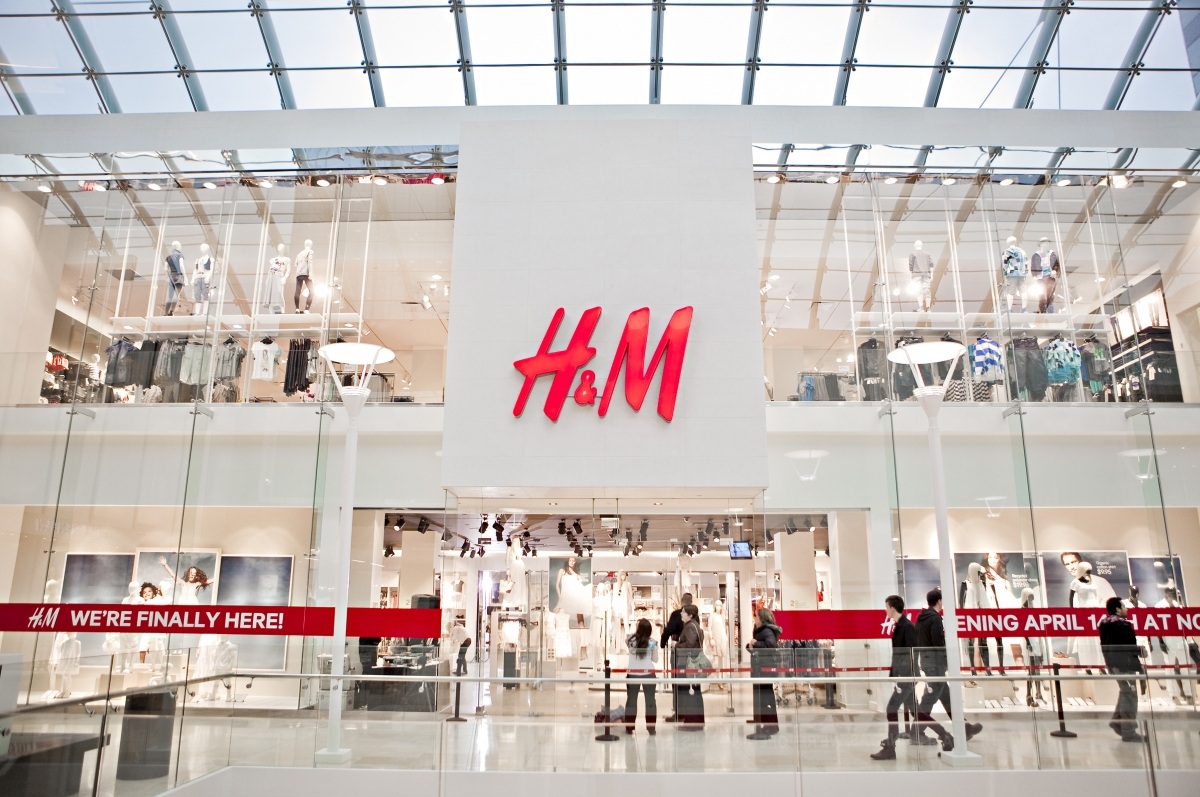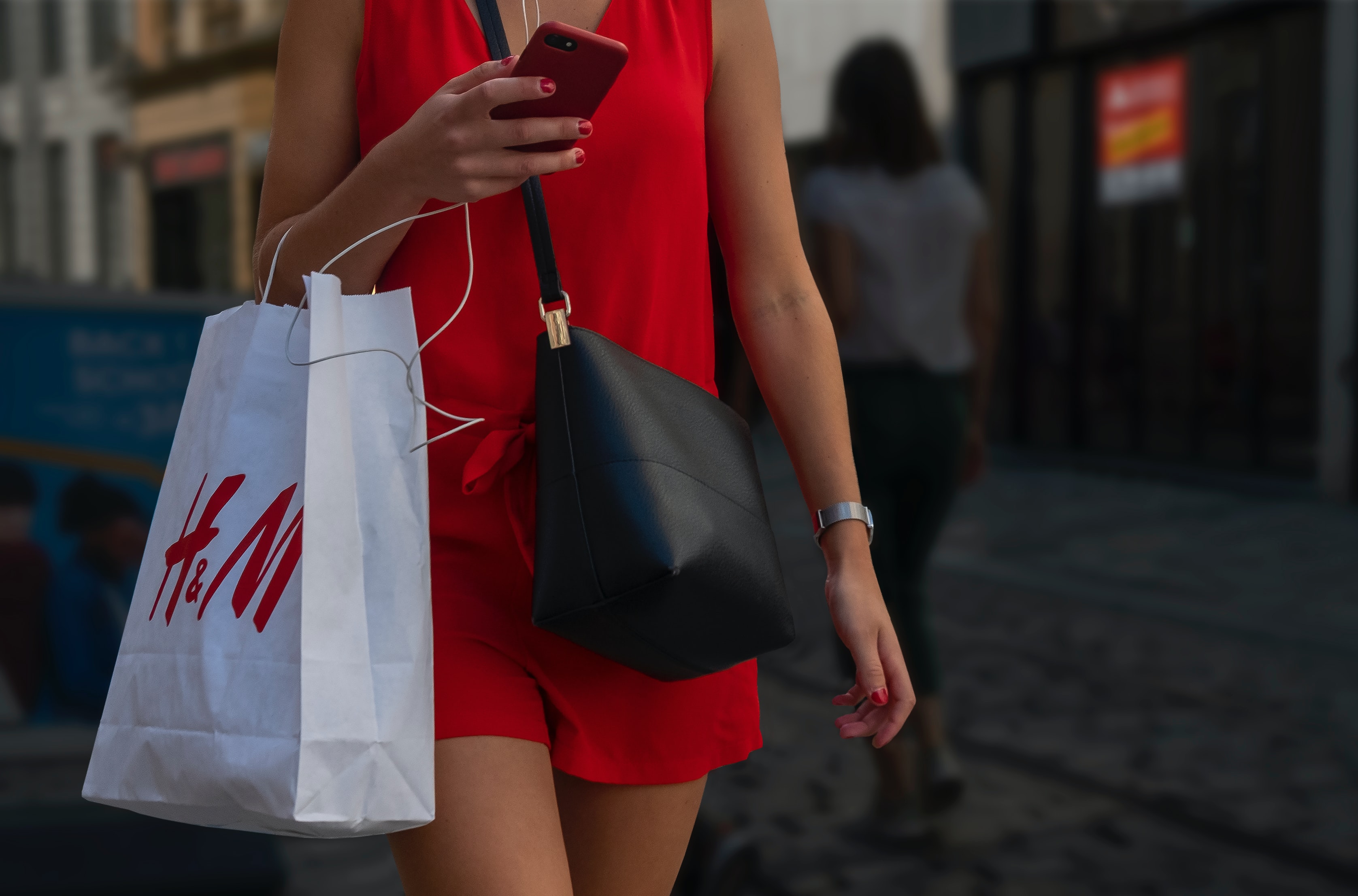H&M Clothing Not As Environmentally-Friendly As Portrayed — According To Quartz Report
The investigation concluded that H&M depicted environmental scorecards that were 'misleading', and in many cases, 'outright deceptive'.
Recently, business publication, Quartz, carried out an investigation on the legitimacy of the environmental scorecards by fashion company, H&M
Priding themselves as a digital native news outlet for business people in the new global economy, Quartz released the outcome of an investigation against the environmental scorecards published by the fast-fashion global corporation, H&M.
In their report, more than half of the scorecards on H&M's website claimed that a piece of clothing was better for the environment when it was actually no more sustainable than comparable garments made by the company and its competitors.
A portion of the article read, "In the most egregious cases, H&M showed data that were the exact opposite of reality."
Providing insight into their findings, Quartz began by explaining the scorecards used by H&M to illustrate their apparent "environmentally friendly" items
Created by industry group, Sustainable Apparel Coalition (SAC), the scorecards that were called into doubt are known as the Higg Sustainability Profiles. These scorecards give customers a way to compare their purchases in relation to its environmental impact (which include how much water or fossil fuels were used to create material of clothing).
In an astounding error, H&M displayed specifics that were an inverse of a garment's actual impact on the environment. In the report, Quartz stated, "Those errors came about because the retailer's website ignored negative signs in Higg Index scores. For instance, a dress with a water-use score of -20% — as in, it uses 20% more water than average — was listed on H&M's website as using 20% less."
Using an example taken straight from the H&M website, Quartz displayed how the figures did not match the data provided on the Higgs website:
While most of the products on the H&M website did not include the scorecards, those that did were featured in a special page about their environmental record
Quartz stated that words such as "less", and "reduction" were hard coded (written, and embedded on the page) into H&M's website to portray that their environmental scorecards offer a green picture of their clothing.
"Of the 600 women's clothing scorecards on H&M's UK site last week, more than 100 of them included errors that made less sustainable clothing appear to be the opposite," as stated on Quartz.
While the UK website was referenced in their investigation, the "Sustainability" section is also available on the Malaysian website as well.
Though many assume that garments featured under that heading would be more environmentally practical than others, it was not the case. In fact, Quartz noted that simply having a Higg rating does not make it more sustainable at all.
Carrying out another data driven test, Quartz disclosed that over half of the garments with environmental scorecards showed no improvement from the Higg Index baseline, making the difference abysmal than the other items of clothing on the H&M UK website.
"On the days Quartz logged the data, over 600 items of women's clothing were listed as having Higg Sustainabililty Profiles. Most showed no improvement whatsoever." Analysing 630 women's clothing items with the Higg Index, Quartz found only 27% of the items having showed an improved impact on the environment.
After Quartz informed the retail chain of their findings, H&M has since removed all the scorecards from their website
Visual journalist and curator of the report, Amanda Shendruk, stated within the report, "The rapid retreat by H&M and its industry peers adds to the argument that there is no such thing as sustainable fast fashion."
Releasing a response to the report, H&M issued a statement saying, "The Higg Index Customer Facing Transparency Program has temporarily been paused by the SAC and following this decision, we decided to take down the program in all markets’ online shops where it has currently been available."
The Higg Index has faced rampant criticism ever since H&M and other clothing retailers launched the effort. George Harding-Rolls, campaign manager of the Changing Markets Foundation, and a long-time critic of the Higg Index, said the initiative was designed to mislead people.
"The SAC has been providing green paint to paint a very very dirty industry an eco-shade for 10 years, and haven’t really shown any measurable results in that time."
But with these recent shortcomings, regulatory scrutiny may force companies to take a new approach, and finally cultivate a resourceful crackdown on 'greenwashing'.





